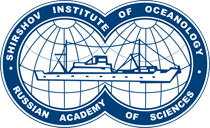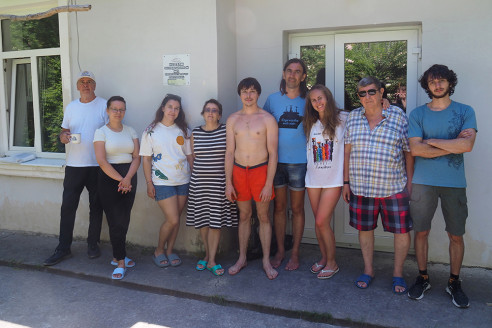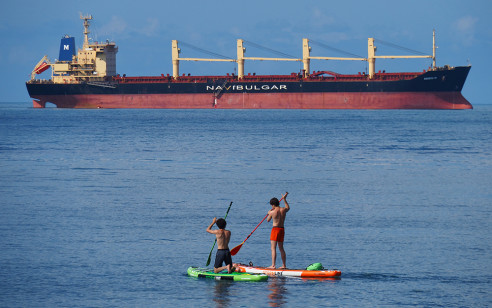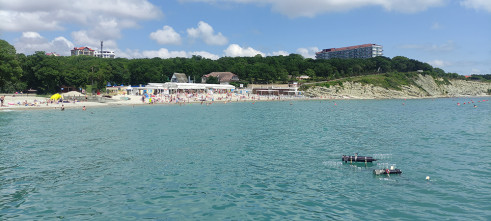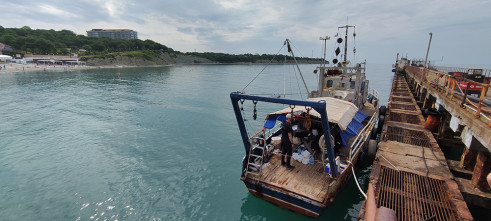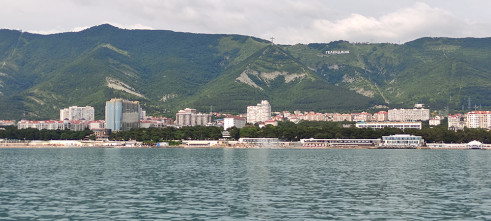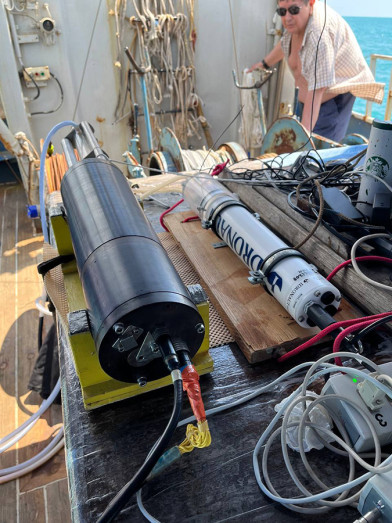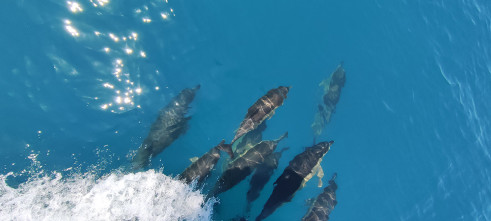The staff of the Ocean Optics Laboratory carried out work in the Southern Branch of the IO RAS from June 2 to 15 on the small research boat Ashamba.
A number of sub-satellite measurements of the biooptical characteristics of sea water were continued, both at stations and on the ship's course. The equipment was tested before the Arctic expedition season. To this end, for the first time in a long time, the number of exits to the sea was increased from 4 to 6. The quality of the surface layer of sea water in the Gelendzhik Bay was studied using data on fluorescence and the brightness coefficient of the sea.
The purpose of the expedition stage was to obtain field measurements to improve satellite methods for assessing the biooptical characteristics of the waters of the surface layer of the northeastern part of the Black Sea.
“Despite frequent cloudiness, we managed to successfully complete all the tasks that require clear skies and replenish our vitamin D reserves. We were also lucky to catch coccolithophorid blooms, the active phase of which usually occurs in the first half of June,” comments the head of the Black Sea 2023 expedition stage, PhD, Head of the Laboratory of Ocean Optics Dmitry Glukhovets.
A number of tasks implemented by the participants of the expeditionary stage included:
- Improvement of satellite methods for assessing the biooptical characteristics of surface waters in the northeastern part of the Black Sea based on the comparison of satellite data with field measurements;
- Study of the effect of coccolithophorid blooms on the optical characteristics of waters;
- Carrying out measurements of the fluorescence intensity of the colored dissolved organic matter and phytoplankton pigments, the light attenuation index of sea water, as well as the temperature and salinity of the surface layer of sea water along the route of the vessel;
- Testing and debugging of hydrooptical equipment for its preparation for the Arctic expeditions of the IO RAS.
Photos of the expedition members:
